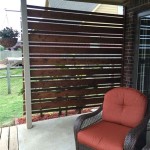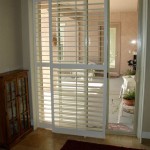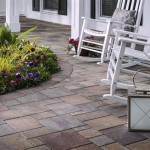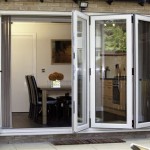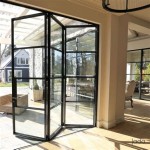Essential Aspects of Paver Patio Design Ideas
Transform your outdoor space into an oasis of comfort and style with paver patios. These durable and versatile surfaces offer endless design possibilities, allowing you to create a patio that perfectly complements your home and lifestyle. Here are some essential aspects to consider when designing your dream paver patio:
1. Material Selection
Pavers come in a wide range of materials, including concrete, natural stone, brick, and porcelain. Each material has unique characteristics that influence its appearance, durability, and cost. Concrete pavers are budget-friendly and available in various shapes and colors. Natural stone offers an elegant and timeless look but can be more expensive. Brick pavers provide a classic charm and warmth to the patio. Porcelain pavers are highly durable, fade-resistant, and easy to maintain.
2. Pattern and Layout
The pattern and layout of your pavers can significantly impact the overall aesthetic of your patio. Common patterns include running bond, herringbone, basket weave, and circular designs. Consider the size and shape of your patio when choosing a pattern, opting for smaller pavers for smaller areas and larger pavers for more spacious patios. The layout should also take into account the flow of traffic, access to seating areas, and the location of any existing features such as fire pits or pergolas.
3. Color and Texture
The color and texture of your pavers can complement or contrast with your home's exterior and surrounding landscape. Lighter pavers reflect more light, making them suitable for small or shaded patios. Darker pavers absorb more heat, creating a warmer feel for sunny patios. Textured pavers provide a non-slip surface, while smooth pavers offer a more polished look.
4. Drainage and Slope
Proper drainage is essential to prevent water from pooling on your patio and causing damage to the surface and foundation. Design your patio with a slight slope that allows water to drain away from the house and any furniture or structures. Ensure that the base layer is compacted and graded to promote proper drainage.
5. Edging and Borders
Edging and borders define the perimeter of your patio and prevent the pavers from shifting or spreading. Edging can be made from a variety of materials, including concrete, metal, or plastic. Choose a material that complements the pavers and the overall style of your patio.
6. Lighting and Accessories
Lighting can enhance the ambiance of your paver patio, allowing you to enjoy it even after dark. Outdoor lights can be placed along the edges of the patio, under seating areas, or in strategic locations to create a warm and welcoming atmosphere. Accessories such as planters, benches, and umbrellas can further personalize your patio and make it more comfortable and functional.
Conclusion
By considering these essential aspects, you can create a paver patio that seamlessly blends with your outdoor living space and reflects your unique style. Whether you prefer a classic, modern, or rustic aesthetic, the versatility of paver patios allows you to transform your backyard into an extension of your home, perfect for relaxation, entertaining, and creating lasting memories.

450 Best Patio With Pavers Ideas Paver Design

Paver Patio Ideas Pictures Belgard Pavers

Top 60 Best Paver Patio Ideas Backyard Dreamscape Designs Outdoor Pavers

5 Paver Patio Ideas To Add Your Outdoor Landscape Design In Bedford Nh Northern Lights

Top Patio Paver Ideas Savon Pavers

Small Paver Patio Design Layout And Material List Mypatiodesign Com

Small Patio Pavers Ideas Paver House

Paver Patio Ideas Landscaping Network

Paver Patio Design Ideas Pictures Remodel And Decor Pavers Stone Designs Backyard

10 Tips And Tricks For Paver Patios
Related Posts

